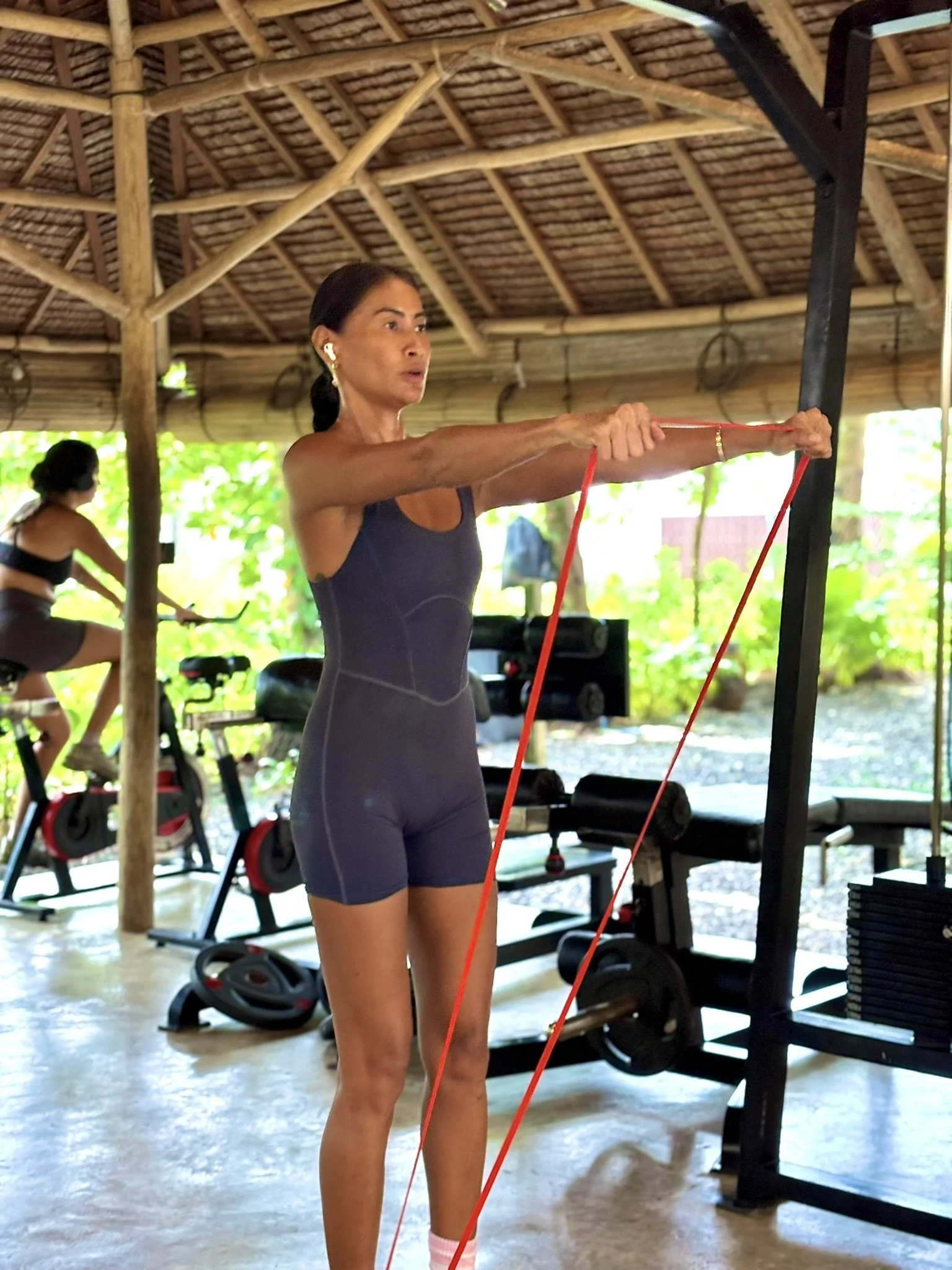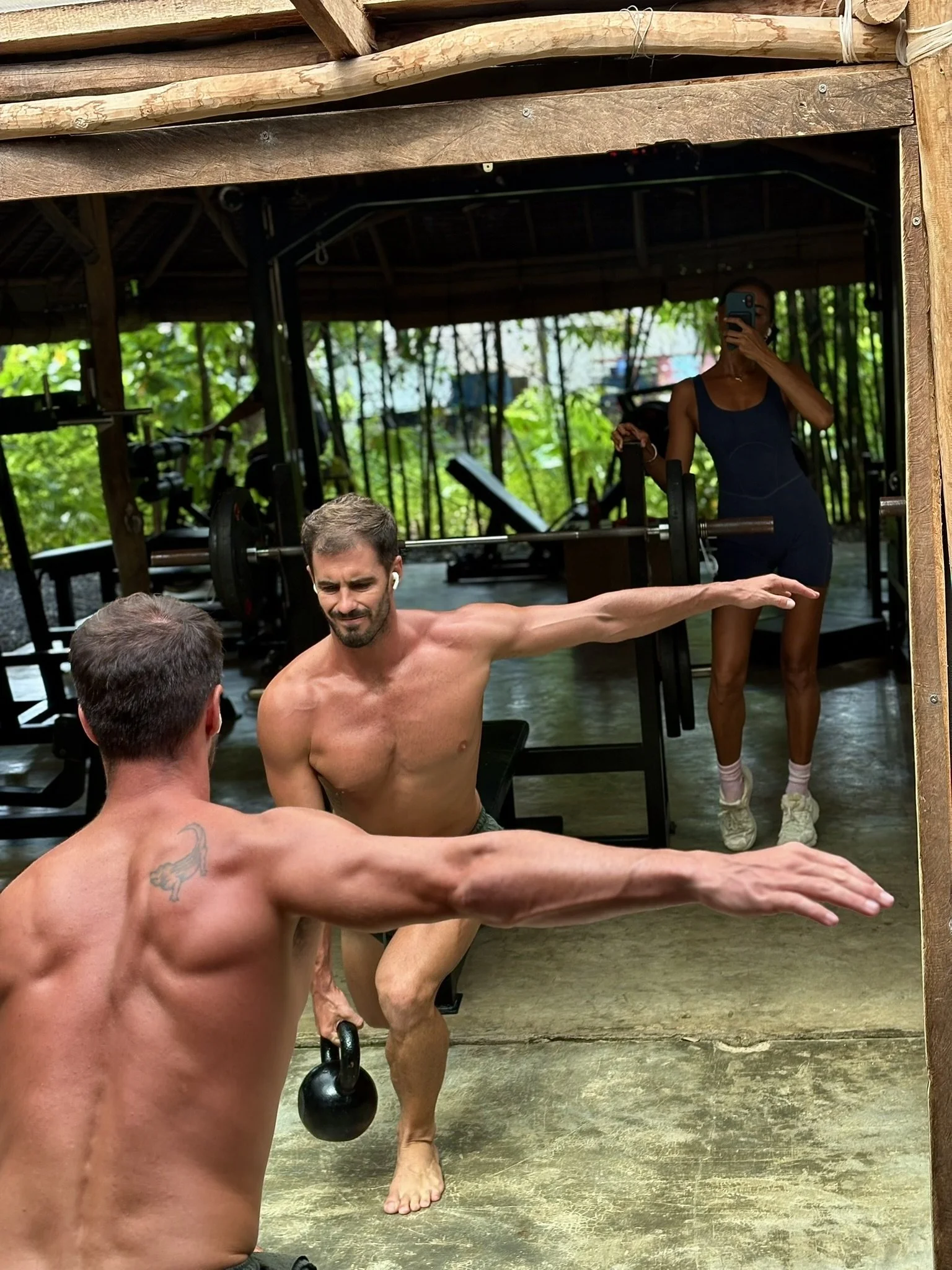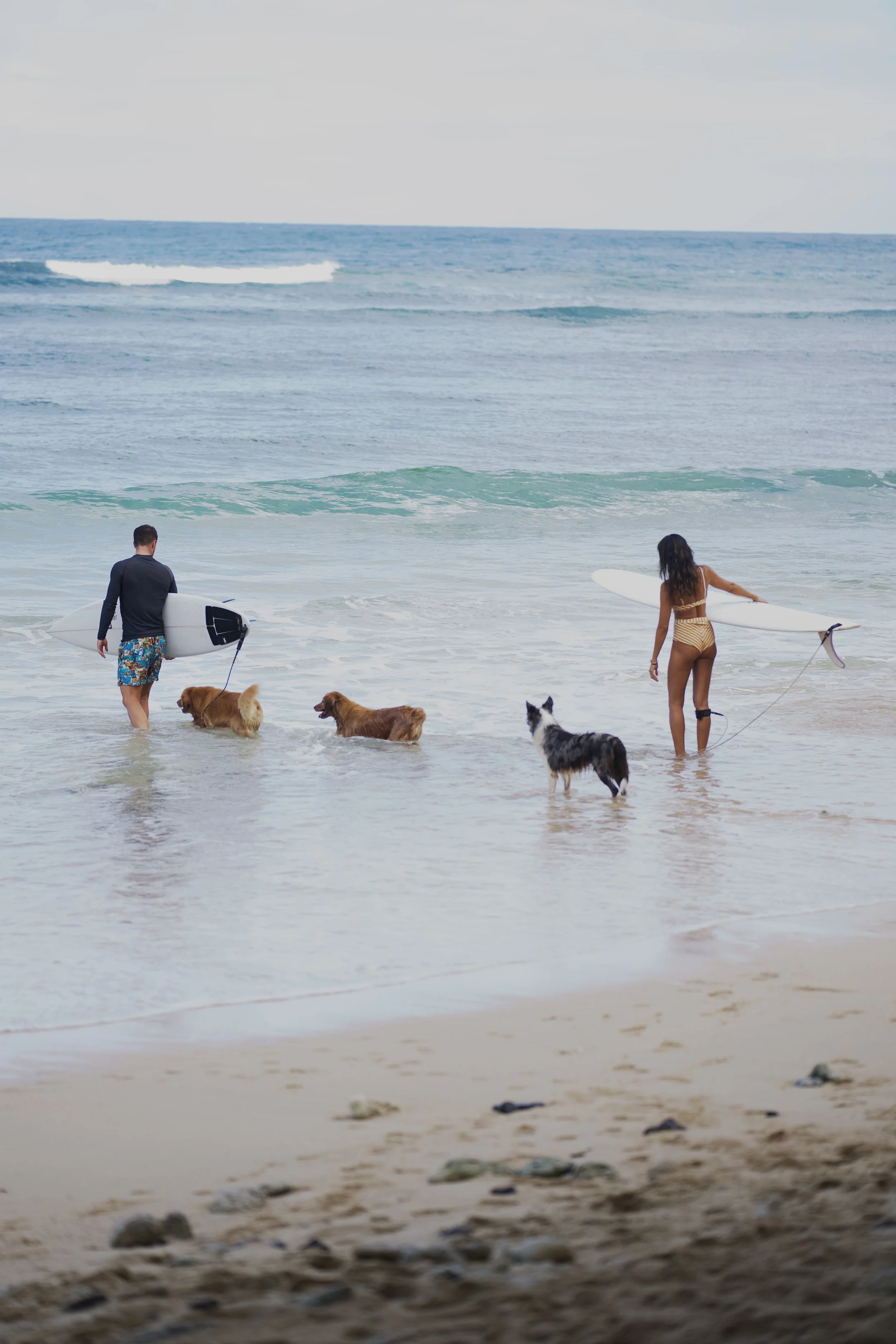Top 10 Dryland Exercises for Swimmers & Surfers | Boost Strength & Speed 2025
Introduction
Whether you're carving through waves on a surfboard or powering through pool laps, your performance in the water is largely determined by what you do on dry land. Dryland training has become the secret weapon of elite swimmers and surfers worldwide, providing the functional strength, explosive power, and injury prevention that separates good athletes from great ones.
The beauty of dryland exercises lies in their ability to target the specific movement patterns and muscle groups that directly translate to improved performance in aquatic sports. Unlike traditional gym workouts that often isolate muscles, functional dryland training mimics the complex, multi-joint movements you perform while swimming strokes or maneuvering a surfboard through challenging conditions.
This comprehensive guide presents the top 10 dryland exercises specifically chosen for their ability to enhance both strength and speed in swimmers and surfers. These movements focus on developing core stability, rotational power, shoulder health, and the explosive hip drive that forms the foundation of all great aquatic performance. Each exercise has been selected not just for its effectiveness, but for its practical application to real-world swimming and surfing scenarios.
Core Power Exercises: Building Your Aquatic Engine
1. Medicine Ball Rotational Slams
Medicine ball rotational slams are the ultimate exercise for developing the explosive rotational power essential in both swimming strokes and surfing maneuvers. This exercise targets your core, shoulders, and hips while improving the neuromuscular coordination needed for powerful stroke mechanics and dynamic surfboard control.
Start in an athletic stance holding a medicine ball overhead. Explosively rotate your torso while slamming the ball down to one side, engaging your entire kinetic chain from your feet through your fingertips. The key is maintaining proper hip and shoulder separation while generating maximum rotational velocity. Perform 3 sets of 8-10 slams per side.
2. Pallof Press Variations
The Pallof press is a game-changer for developing anti-rotation strength, which is crucial for maintaining proper body position during swimming strokes and staying balanced on a surfboard in turbulent water. This exercise trains your core to resist unwanted movement while your limbs work independently.
Using a resistance band or cable machine, hold the handle at chest height and step away to create tension. Press the handle straight out from your chest and hold for 2-3 seconds, fighting the rotation. The magic happens in the isometric hold where your deep stabilizing muscles work overtime. Progress by adding movement patterns like overhead reaches or single-leg stances.
Upper Body Power and Stability
3. Single-Arm Dumbbell Push Press
Swimming and surfing demand incredible unilateral strength and power. The single-arm dumbbell push press develops explosive shoulder power while challenging your core stability in ways that directly transfer to paddle power and stroke efficiency.
Hold a dumbbell at shoulder height in one hand while maintaining a tight core. Drive through your legs and hips to explosively press the weight overhead. The key is creating a seamless transfer of power from your lower body through your core to your working arm. This movement pattern mirrors the explosive nature of a powerful paddle stroke or the dynamic push-up motion surfers use to get to their feet.
4. TRX Pike Push-Ups
TRX pike push-ups combine upper body strength with core stability while placing your body in positions similar to swimming streamlines and surfing pop-ups. This exercise develops the shoulder stability and core control essential for injury prevention and performance optimization.
With your feet in TRX straps, start in a push-up position. Pike your hips up while performing a push-up, creating an inverted V shape. This movement challenges your shoulders through a full range of motion while demanding incredible core control. The unstable surface mimics the dynamic nature of water sports.
Lower Body Power and Hip Drive
5. Bulgarian Split Squat Jumps
Explosive hip drive is the foundation of powerful swimming starts, flip turns, and surfing pop-ups. Bulgarian split squat jumps develop unilateral leg power while improving the hip flexibility and strength needed for dynamic aquatic movements.
Position yourself in a Bulgarian split squat with your rear foot elevated. Explosively jump up, switching legs in mid-air to land in the opposite position. Focus on maximum height and quick ground contact time. This plyometric movement develops the rapid force production essential for explosive starts and quick directional changes on a surfboard.
6. Lateral Bounds with Stick Landing
Lateral power is often overlooked but crucial for surfers navigating across wave faces and swimmers executing efficient turns. Lateral bounds develop the side-to-side explosiveness and landing mechanics that translate directly to improved performance and injury prevention.
Start on one foot and bound laterally as far as possible, landing on the opposite foot with control. Focus on sticking the landing for 2-3 seconds before the next bound. This exercise develops lateral power while training the deceleration strength needed to control dynamic movements in the water.
Full-Body Integration Movements
7. Kettlebell Swings
The kettlebell swing is perhaps the most effective exercise for developing the hip hinge pattern and posterior chain power that drives elite aquatic performance. This movement teaches the explosive hip extension that powers swimming starts and the dynamic weight transfer essential for surfing.
Start with the kettlebell between your legs, hinge at the hips, and explosively drive through your heels to swing the weight to chest height. The power comes entirely from your hips, not your arms. This movement pattern directly transfers to the explosive hip drive needed for powerful swimming strokes and dynamic surfing maneuvers.
8. Burpee to Broad Jump
Combining the functional movement of a burpee with explosive horizontal power, this exercise mimics the complex movement patterns found in both swimming and surfing while developing cardiovascular fitness and explosive power simultaneously.
Perform a standard burpee, but instead of jumping straight up, explode forward into a broad jump upon standing. This combination develops the full-body coordination and explosive power needed for swimming race starts and surfing pop-ups while building the metabolic fitness essential for endurance performance.
Stability and Injury Prevention
9. Single-Leg Romanian Deadlifts
Unilateral stability and posterior chain strength are essential for ijury prevention and performance optimization in water sports. Single-leg Romanian deadlifts develop the hip stability and hamstring strength crucial for maintaining proper body mechanics during fatigue.
Standing on one leg, hinge at the hip while reaching toward the ground with the opposite hand. Focus on maintaining a straight line from your head to your elevated heel. This exercise develops the unilateral strength and stability patterns that translate directly to improved swimming efficiency and surfboard control.
10. Plank to Pike Transitions
The final exercise combines core stability with dynamic shoulder mobility, creating a movement pattern that directly mirrors swimming streamlines and surfing positioning. This exercise develops the seamless transition between stable and mobile positions essential for aquatic sports.
Start in a plank position and smoothly transition to a pike position by driving your hips up and back. Return to plank with control. Focus on maintaining neutral spine alignment throughout the movement. This exercise develops the core control and shoulder mobility needed for efficient swimming technique and dynamic surfboard maneuvering.
Conclusion
These 10 dryland exercises form the foundation of any serious swimmer's or surfer's training program. By focusing on functional movement patterns that directly translate to improved aquatic performance, you'll develop the strength, power, and stability needed to excel in the water while reducing your risk of injury.
The key to success lies not just in performing these exercises, but in understanding how each movement connects to your performance in the water. Focus on quality over quantity, progressive overload, and consistent execution. Remember that dryland training is meant to enhance, not replace, your time in the water.
Ready to take your aquatic performance to the next level? Start incorporating these exercises into your training routine 2-3 times per week, and watch as your strength, speed, and confidence in the water reach new heights. Your best performances are waiting on the other side of consistent, intelligent dryland training.



